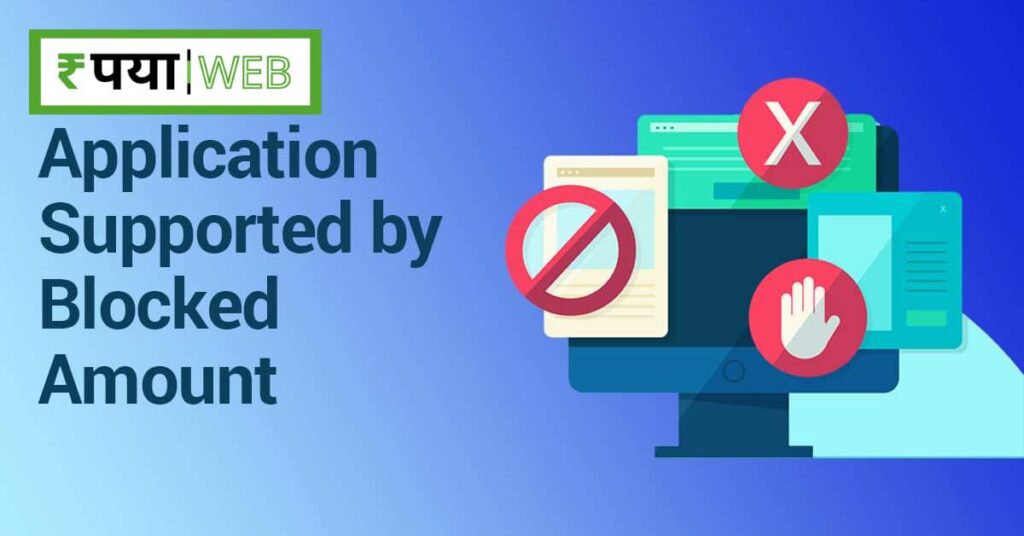What is an IPO?
An IPO, or Initial Public Offering, is the process through which a private company goes public by issuing its shares to the general public for the first time. It’s a significant financial event for a company and involves several steps and regulatory requirements. Here’s an overview of how an IPO works:
Preparation: Before initiating an IPO, a company typically undergoes a thorough evaluation of its financial health, business model, and growth prospects. It also selects investment banks or underwriters to help facilitate the IPO process.
Regulatory Compliance: Companies planning an IPO must comply with securities regulations in the country where they intend to go public. In the United States, for example, this process involves filing with the Securities and Exchange Commission (SEC).
Also Read – American Express Business Loan
Financial Disclosures: Companies are required to provide detailed financial information in a prospectus, which is a legal document provided to potential investors. This document includes information about the company’s financial statements, risks, business operations, and management.
Valuation: The company, with the assistance of underwriters, determines the price at which its shares will be offered to the public. This valuation is based on various factors, including financial performance, industry trends, and market conditions.
Roadshow: Before the IPO, company executives and underwriters embark on a roadshow, where they meet with potential institutional investors, such as mutual funds and pension funds. This allows them to gauge investor interest and generate demand for the IPO.
Pricing: Based on investor feedback and market demand, the final offering price is determined. This price reflects what investors are willing to pay for the company’s shares.
Public Offering: On the scheduled IPO date, the company’s shares are made available to the general public for purchase through stock exchanges. Investors can buy these shares through their brokerage accounts.
Also Read – American Express Small Business Loan
Trading Begins: After the IPO is complete, the company’s shares are listed on a stock exchange, such as the New York Stock Exchange (NYSE) or the NASDAQ. They are then available for trading by the public.
Post-IPO Reporting: A publicly-traded company must continue to meet regulatory reporting requirements, including filing quarterly and annual financial statements and providing updates on material events to shareholders and regulators.
Benefits of an IPO for a company include raising capital for growth and expansion, enhancing its public profile and brand recognition, and providing liquidity to existing shareholders. However, going public also entails increased regulatory scrutiny, the need for transparency, and potential changes in corporate governance.
Investors in an IPO have the opportunity to purchase shares in a company at its early stages of becoming publicly traded. These shares can potentially appreciate in value over time if the company performs well in the stock market. IPOs are closely watched by investors, financial analysts, and the media as they can provide insights into the health of the economy and investor sentiment. Additionally, successful IPOs can be a milestone for companies, signaling their readiness to compete in the public market.
How can you apply for an IPO?

Whether you are a stock investor or not, you might have heard the phrase ‘A company went public’ either online or in a newspaper advertisement. What does going public mean? In the simplest terms, ‘going public’ is the process of a private company raising capital by issuing shares for the first time. In a private company, the number of shareholders is limited by law. However, it can raise capital from people by making them shareholders in the company and converting it into a public limited company. When a private company approaches people to invest in exchange for a shareholding in the company, it launches the first offer, called an IPO or Initial Public Offering.
How to apply for IPO?
To start investing in IPO, one should open a demat or trading account. The necessary documents required for opening a demat account are:
- PAN Card
- Aadhar Card
- Address proof
- Identity proof
After setting up your trading account, you can apply for IPO online through two methods-
- ASBA facility that is available with most banks
- Through your UPI ID.
How to Apply for IPO through ASBA?

ASBA stands for Application Supported by Blocked Amounts (ASBA). You can apply for IPO on your bank’s website through the online ASBA facility. In addition, you can generally find the ASBA facility in e-services or net banking services options.
Here are the steps to apply for an IPO via the HDFC net banking ASBA facility. The steps are more or less the same across banking platforms-
Step 1: Log in to your net banking account using your customer ID and password.
Step 2: Go to the request tab on the left side of the screen.
Step 3: Scroll down and find the IPO/Rights Issue option.
Step 4: On the next screen, you will see a list of IPOs and rights issues live. Click on ‘Apply’ for the IPO you want to apply for.
Also Read – How to become F1 pit crew Member?
Step 5: The next screen will request some information from you. The number of shares you want to bid for, your bid price, and date of birth.
Some details like your name, PAN, bank account number and name, branch, nationality, and residential status will be pre-filled. These details cannot be altered here if need be.
The information asked for under Depository details can also be found in your Consolidated Account Statement (CAS).
Step 6: Once you proceed, you will be asked to confirm the amount to be blocked from your account, agree to necessary terms and conditions, and submit the IPO application.
How to apply for IPO through UPI?
The process of investing in IPO through UPI is straightforward:
Step 1: Log in to your trading account and select the IPO that you want to invest in.
Step 2: Enter the price at which you want to apply for shares and the number of lots.
Step 3: Fill out the application form and provide your UPI ID.
Step 4: Approve the block funds request on the UPI app.
Step 5: It will be done.
Accounts required to apply for IPO online:

You need the following three accounts to invest in an IPO and trade them in the secondary market eventually-
Demat Account: In a Demat Account, shares are stored in an electronic form. It is mandatory to have a Demat account to invest in an IPO.
Bank Account: A Bank Account is required to make payment for the applied shares. This is done via the Application Supported by Blocked Amount (ASBA) facility.
Trading Account: A Trading Account is needed to invest in IPO online. You can open this account with a brokerage firm or a company that offers a stock trading facility.
Funding your IPO application: The process of buying shares in an IPO is different from that in the secondary market. Regardless of a fixed price, the number of shares allotted is usually lower than that applied for. Once you apply for the IPO online, either through ASBA or UPI, the amount will get blocked for use from your bank account. It will show up in your account balance but will not be available for use/withdrawal. If your IPO application is accepted, the money will get debited after the allotment is finalised. Otherwise, the amount will be released, and you can use the same.
You need to know many things before investing in IPO. We hope that this article helped answer all your questions about how to invest in IPO. Remember, while companies try to create a buzz in the markets just before launching an IPO, you must research the company thoroughly before investing. Also, understand the entire process well and fill out the application form correctly to avoid rejection.
